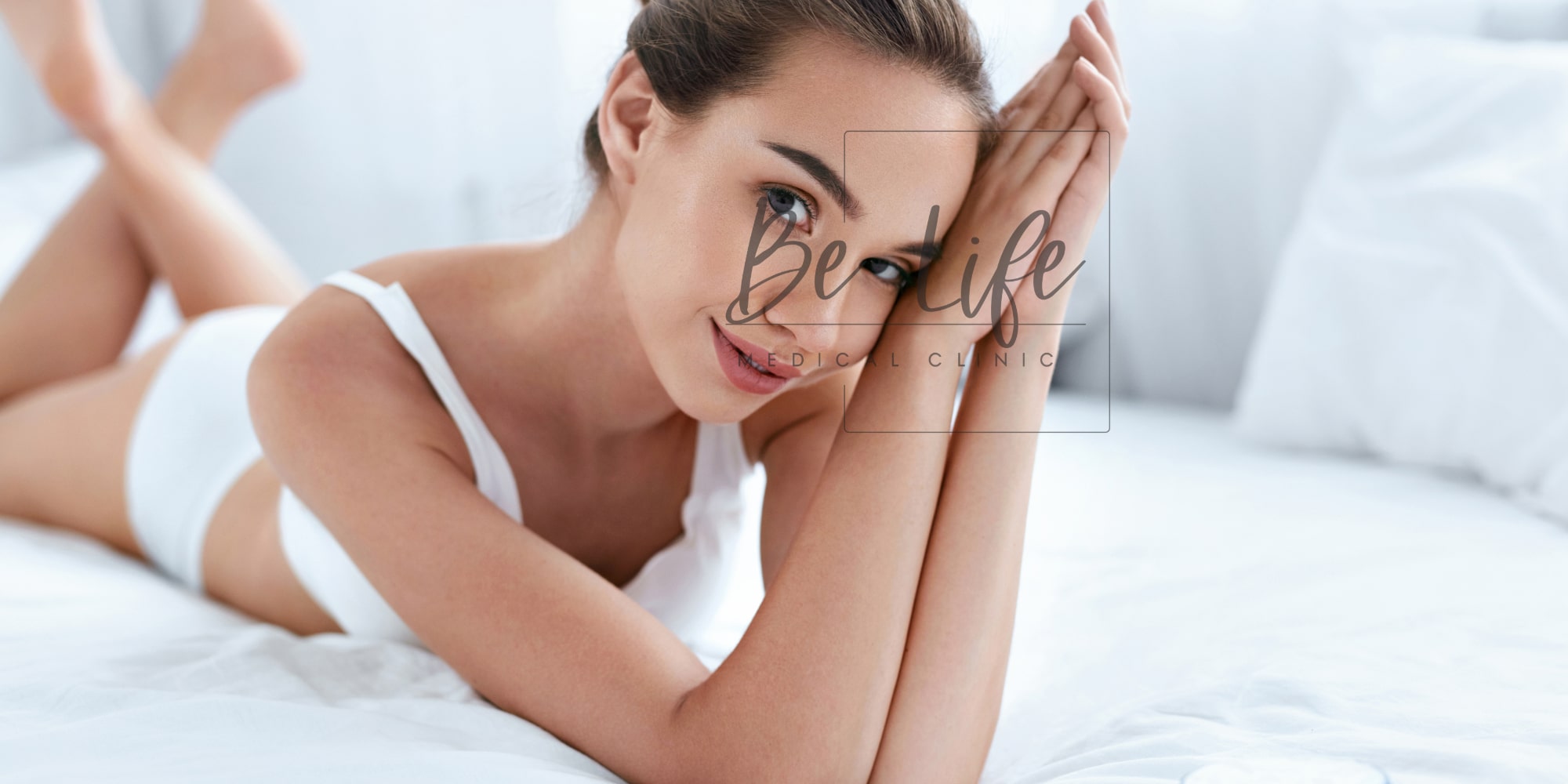Morphological medicine aims to improve the visual aspect of the body by targeting disturbing factors such as :
- sagging skin
- unsightly cellulite
- stretch marks
- scars
Morphological medicine can be distinguished from aesthetic surgery in two ways:
- The first difference is that morphological medicine focuses on improving skin quality to better the visual aspect of the body. Aesthetic surgery, such as a liposuction or lifting procedure, does not work on skin quality, but is able to slim or reshape the body.
- The second difference is that morphological medicine relies on "non-invasive" techniques with fewer risks, no scars and a shorter recovery period compared to surgery. On the other hand, the results obtained are more moderate and usually requires several treatment sessions.
Frequently Asked Questions
For whom?
Morphological medicine is suitable for anyone wishing to improve the body appearance, although some conditions must be met before starting treatment. A medical questionnaire is necessary to exclude any contraindication to treatment. In addition, it is important to determine in advance whether a chosen treatment will be able to achieve the expected results.
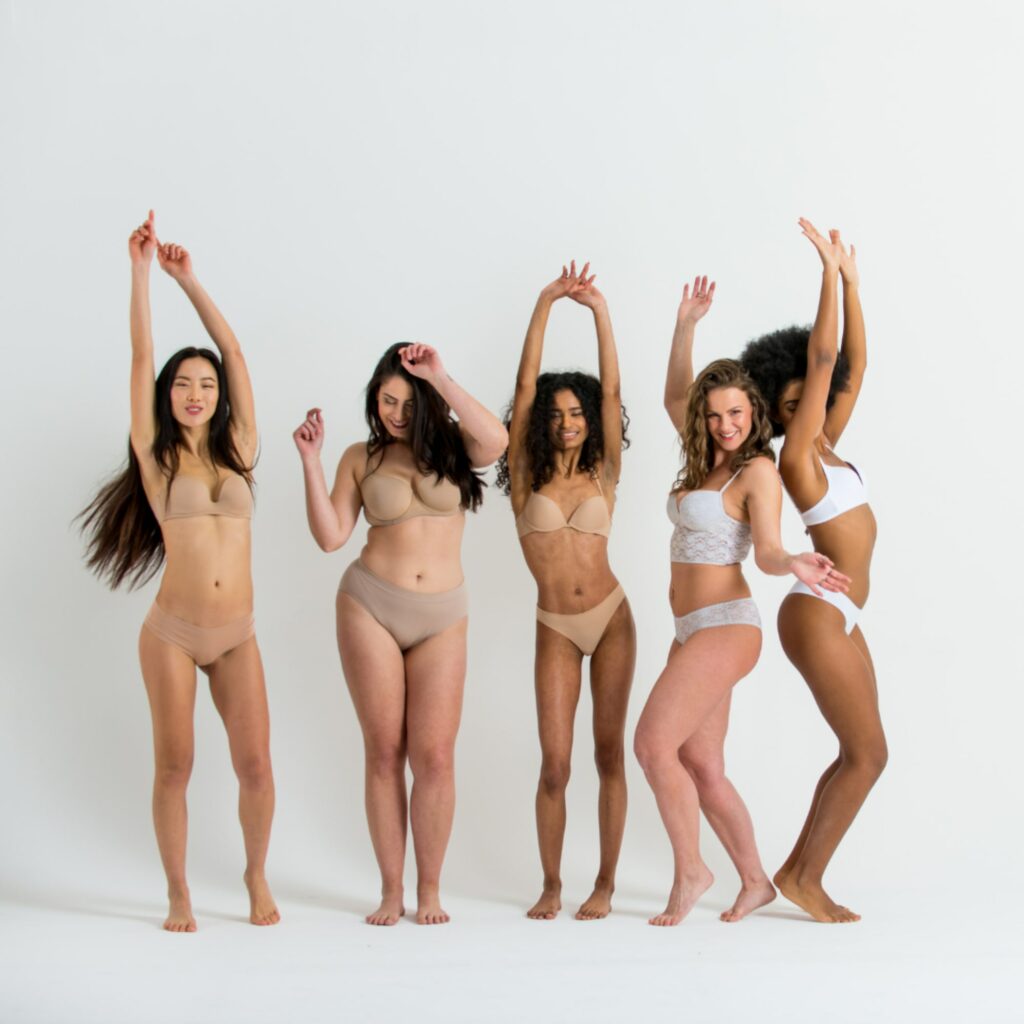

Which treatments?
There are several possibilities for each indication. The choice of a treatment is guided by an eventual personal preference and the medical questionnaire. Also, different treatments can be combined to obtain better results.
Which indications?
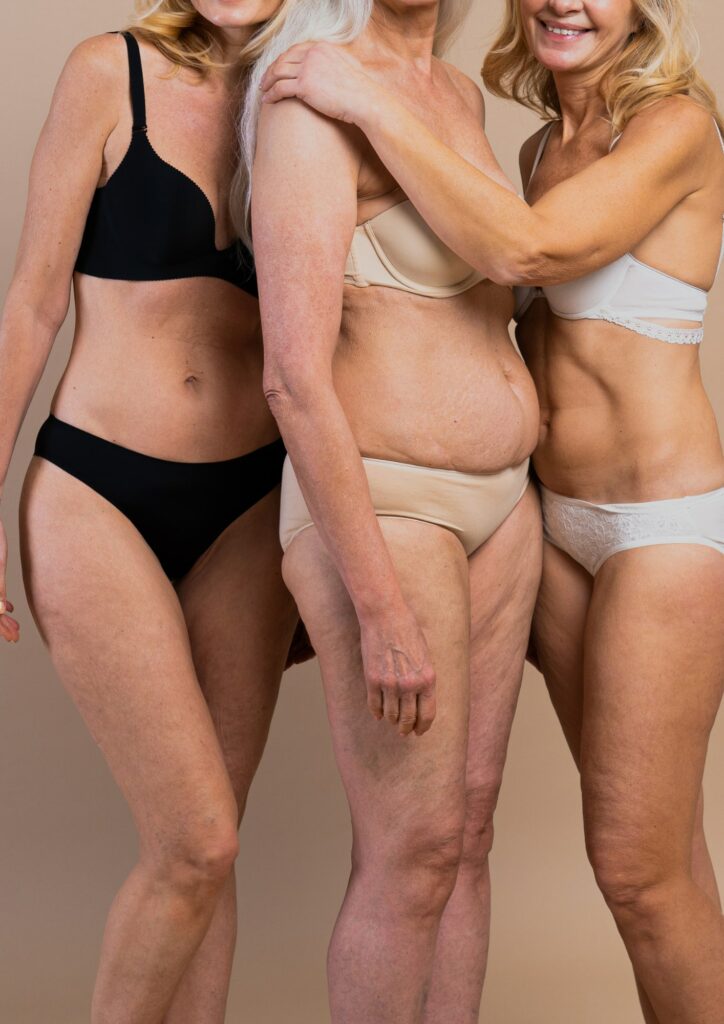
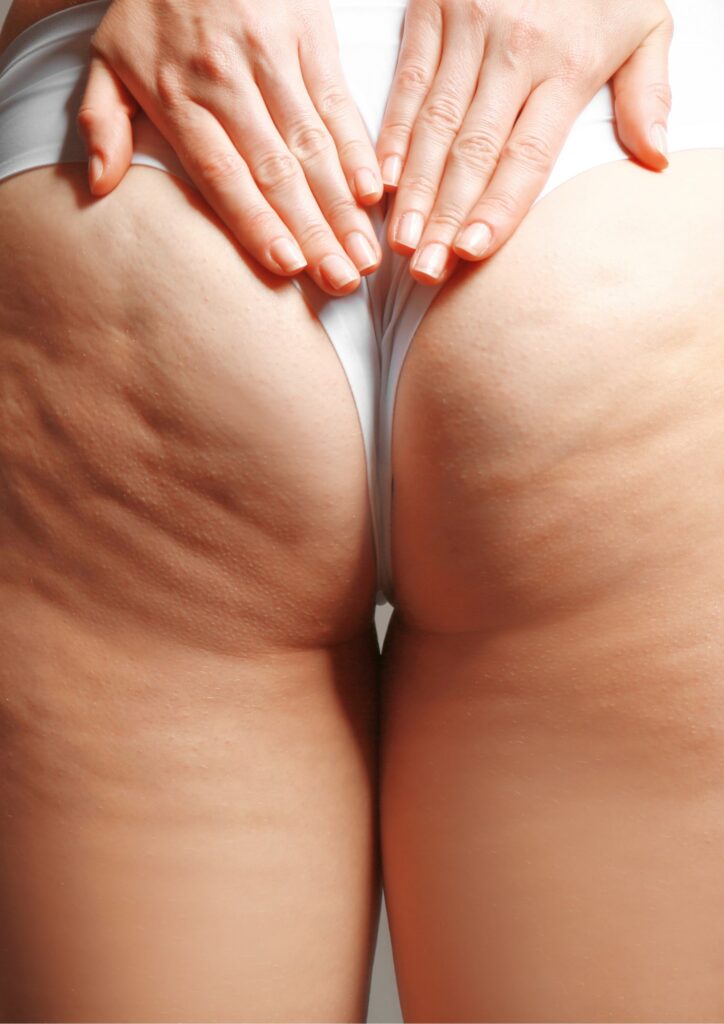
Sagging skin
Over time, the skin of the body becomes less firm and small, unsightly folds can appear. The neck, cleavage, hands, arms, stomach, thighs and knees are commonly affected. This loss of firmness is related to the progressive loss of collagen in the skin : as skin ages, production of collagen gradually decreases. As a result, many treatments targeting sagging skin aim to stimulate the collagen production to regain a firm and smooth skin appearance.
Possible treatments for sagging skin:
Cellulite
Cellulite is very common and affects the appearance of the skin making the body look loose, dimpled and bumpy at the same time. A healthy lifestyle is essential in the fight against cellulite but unfortunately, cellulite can persist despite a healthy diet and physical exercise. In fact, cellulite is generally a long-term issue and it is the severity of cellulite that varies depending on the lifestyle, weight and age of a person. The approach to fight cellulite is often a combination of different treatments along with a healthy lifestyle. Morphological medicine offers treatments that improve the visual appearance and quality of the skin, but are not weight-reduction treatments such as liposuction or cryolipolysis.
Possible treatments for cellulite:
Stretch marks or scars
Stretch marks and scars are the visible signs of permanent damage to the skin. Scars result from injuries at the surface of the skin while stretch marks occur below the skin surface, when skin fibers are overstretched and tear. Making these marks disappear completely is not possible, but some treatments can make them less visible and improve skin texture. The treatments are usually more invasive because the concern is not only skin quality, but also repair and regeneration of the skin.
Possible treatments for stretch marks and scars:
Which areas?
The usual areas are the neck, cleavage and hands because these areas are exposed to the sun and therefore suffer from accelerated skin aging, also known as “photo-aging.” Additionally, the common areas affected by sagging are the arms, stomach, thighs and knees while cellulite affects mostly the thighs and buttocks.
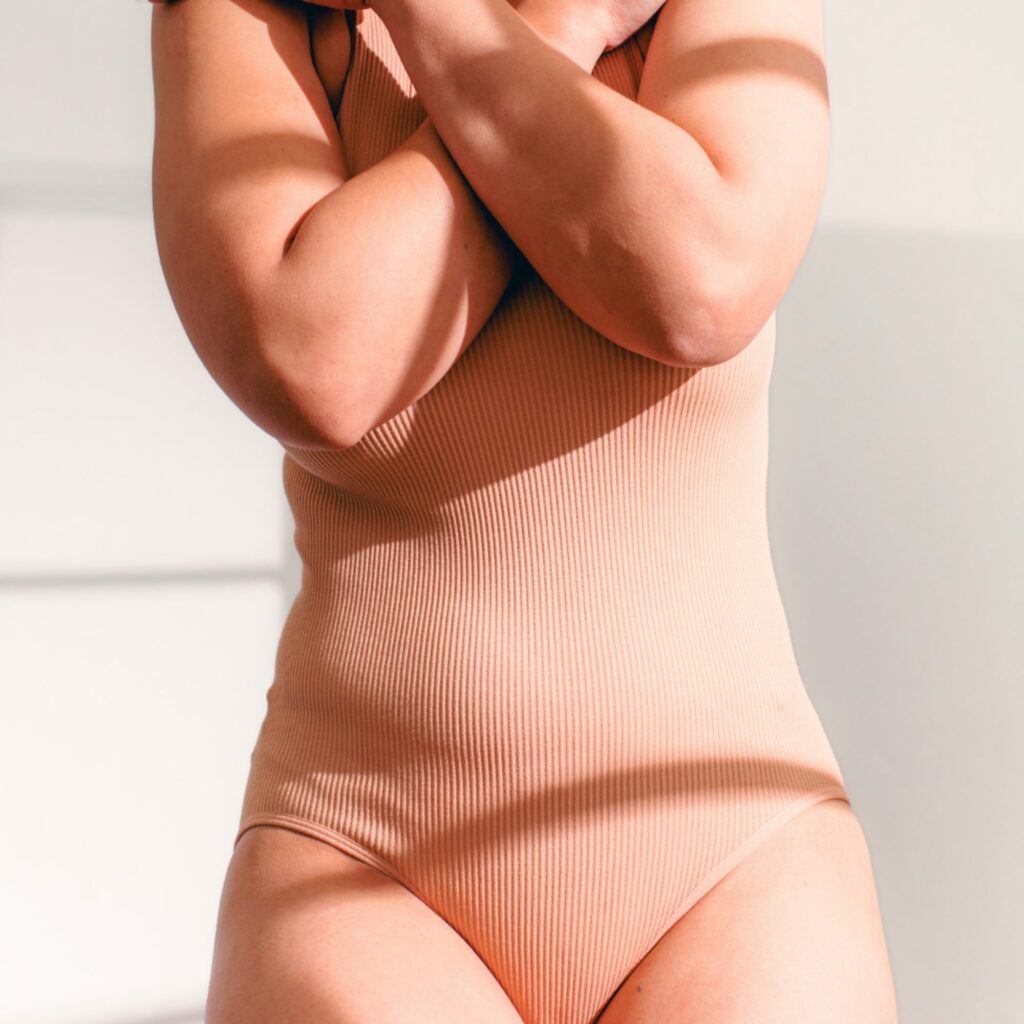
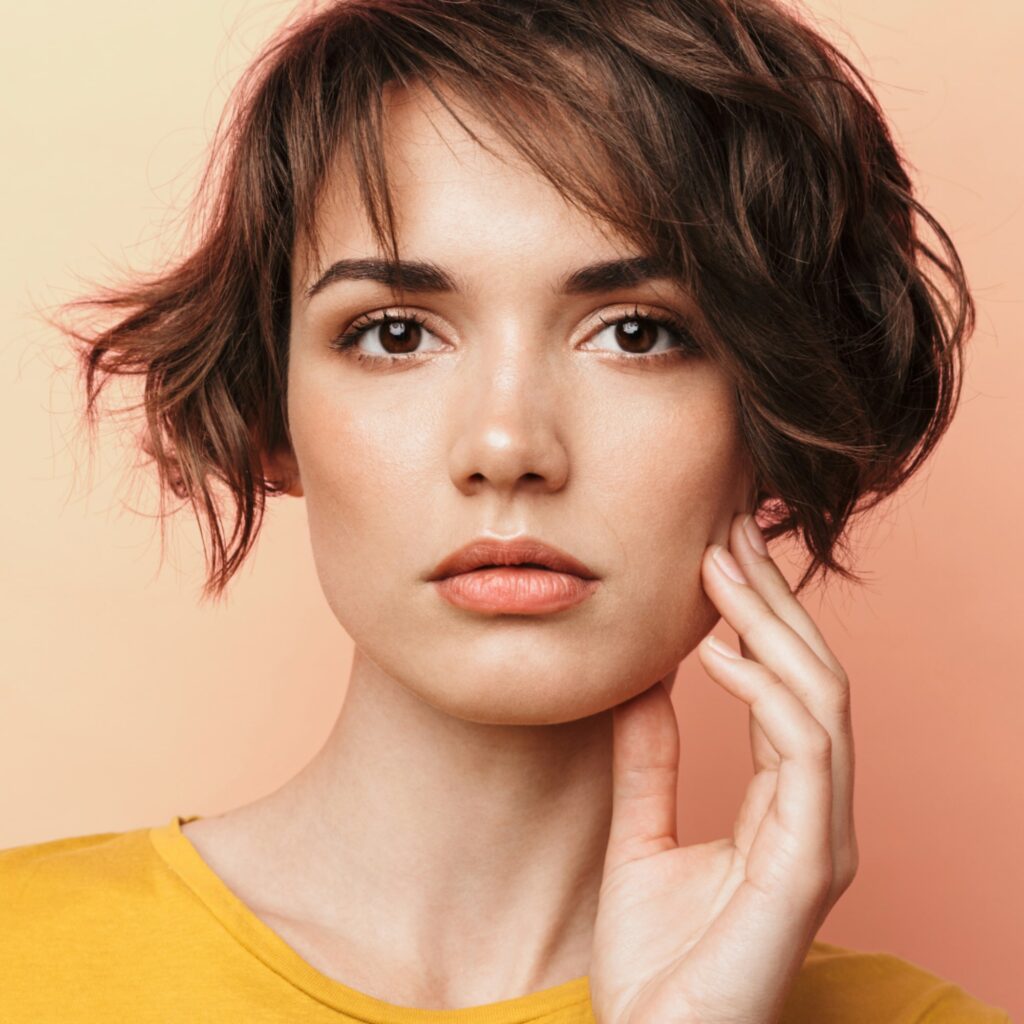
Is it painful?
Pain depends on the treatment chosen. In general, treatments are not that painful and completely tolerable. In case of painful treatments, a topical numbing cream or local anesthetic injection is provided.
Is it dangerous?
The risks also depend on the chosen treatment and are discussed at the first appointment. In general, the risks are low. The purpose of morphological medicine is to improve the visual aspect of the body without taking unreasonable risks. To avoid unwanted effects, it is of course important to respect the specific measures imposed before or after a treatment.

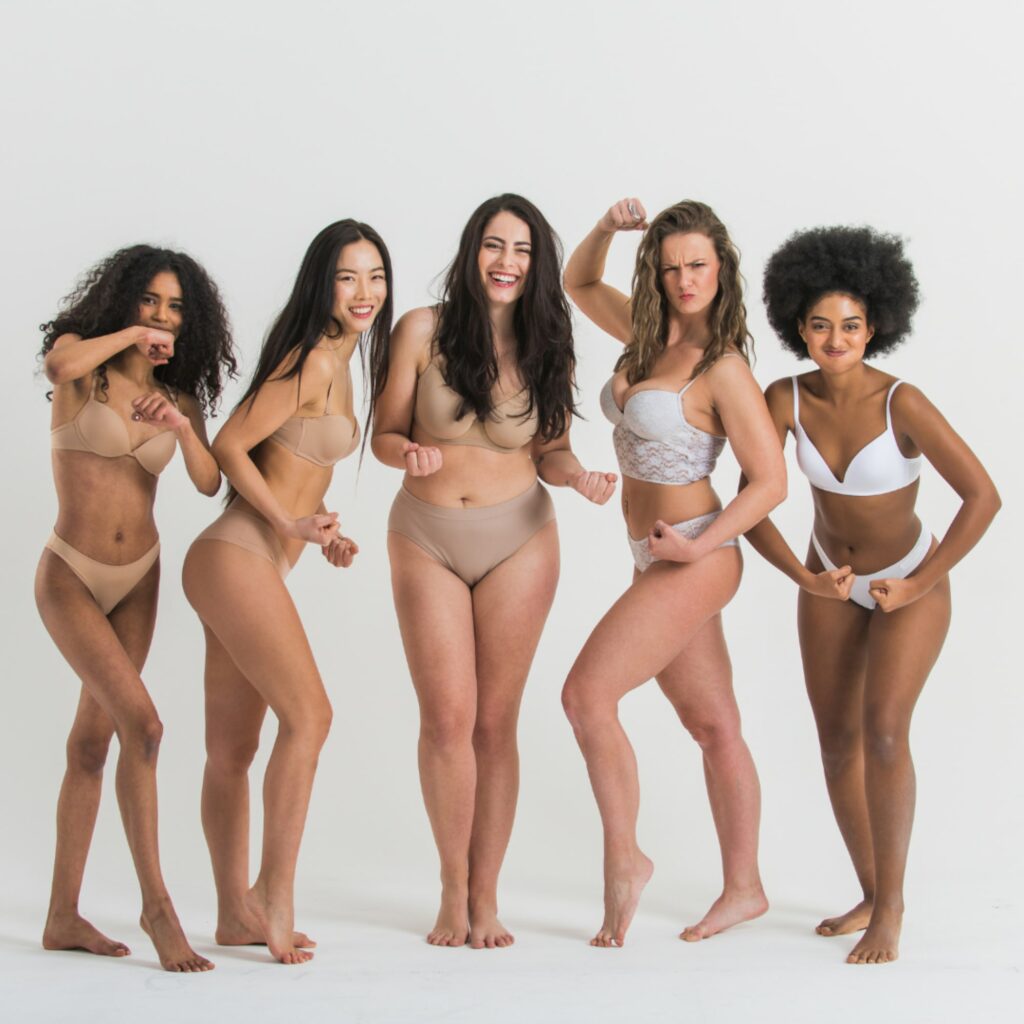
What is the duration of treatment?
The number of sessions needed depends on the chosen treatment, the initial situation and the desired result. After that, a maintenance session is often recommended in order to maintain the obtained result.
What is the cost of treatment?
The cost of treatment depends on the areas and the number of sessions.
General prices are listed below, while a detailed price list per treatment is available on the corresponding treatment page.
The cost of a consultation is 50 euros.
- Treatment
- Price per session
- Number of sessions
- Radiofrequency
- Price per session
- 350€ for single area (example : stomach)
- 400€ for double area (example : arms)
- Number of sessions
- 2-4
- Fractional radiofrequency
- Price per session
- 350€ for single (example : stomach)
- 400€ for double area (example : arms)
- 4-6
- Number of sessions
- CO2 laser
- Price per session
- 450€ for small area (example : scar)
- 500€ for large area (example : stretch marks)
- 1-3
- Number of sessions
- Mesotherapy
- 200€ per single area
- + 75€ per additional area
- Price per session
- 3-10
- Number of sessions
- Collagen inductors
- 400€ for 1.5 ml (neck, cleavage or hands)
- 700€ for 3 ml (body)
- Price per session
- 1-2
- Number of sessions
- Smooth threads
- 250€ for 20 threads (example : neck)
- 600€ for 60 threads (example : arms)
- Price per session
- 1-3
- Number of sessions
- Microneedling
- 200€ with specific serum
- 275€ with peeling
- 350€ with exosomes
- Price per session
- 4-6
- Number of sessions
